Increased Focus on Sustainability
The Long Fiber Thermoplastics Market is increasingly influenced by a growing emphasis on sustainability and eco-friendly materials. As industries strive to meet stringent environmental regulations, the demand for sustainable alternatives to traditional materials is on the rise. Long fiber thermoplastics, often derived from renewable resources, present a viable solution for manufacturers seeking to reduce their environmental impact. Recent studies indicate that the adoption of these materials can lead to significant reductions in waste and energy consumption during production. Additionally, the recyclability of long fiber thermoplastics enhances their appeal in a market that is progressively prioritizing sustainable practices. This shift towards sustainability is expected to drive innovation and investment in the long fiber thermoplastics market.
Regulatory Support and Incentives
Regulatory frameworks and government incentives are playing a pivotal role in shaping the Long Fiber Thermoplastics Market. Many governments are implementing policies that encourage the use of advanced materials, including long fiber thermoplastics, to promote sustainability and innovation. These regulations often provide financial incentives for companies that adopt eco-friendly practices, thereby stimulating demand for long fiber thermoplastics. Additionally, compliance with environmental standards is becoming increasingly important for manufacturers, further driving the adoption of these materials. As regulatory support continues to evolve, it is expected to create a favorable environment for the growth of the long fiber thermoplastics market, attracting investments and fostering technological advancements.
Rising Demand for Lightweight Materials
The Long Fiber Thermoplastics Market is experiencing a notable increase in demand for lightweight materials, particularly in the automotive and aerospace sectors. Manufacturers are increasingly adopting long fiber thermoplastics due to their superior strength-to-weight ratio, which enhances fuel efficiency and reduces emissions. According to recent data, the automotive sector is projected to account for a significant share of the long fiber thermoplastics market, driven by the need for lightweight components. This trend aligns with the broader industry shift towards sustainable practices, as lighter vehicles contribute to lower carbon footprints. Furthermore, the integration of long fiber thermoplastics in structural applications is anticipated to bolster market growth, as these materials offer enhanced performance characteristics compared to traditional composites.
Advancements in Manufacturing Technologies
Technological advancements in the production processes of long fiber thermoplastics are playing a crucial role in shaping the Long Fiber Thermoplastics Market. Innovations such as improved extrusion techniques and injection molding processes are enabling manufacturers to produce high-quality long fiber thermoplastics with greater efficiency. These advancements not only reduce production costs but also enhance the mechanical properties of the final products. As a result, the market is witnessing an influx of new applications across various industries, including consumer goods and electronics. The ability to customize material properties through advanced manufacturing techniques is likely to attract a diverse range of end-users, further propelling the growth of the long fiber thermoplastics market.
Expanding Applications in Various Industries
The versatility of long fiber thermoplastics is contributing to their growing presence across multiple sectors, thereby influencing the Long Fiber Thermoplastics Market. These materials are increasingly being utilized in automotive, aerospace, construction, and consumer goods, among others. The automotive industry, in particular, is leveraging long fiber thermoplastics for interior and exterior components, which require both durability and aesthetic appeal. Furthermore, the construction sector is exploring the use of these materials for lightweight structural applications, which can enhance energy efficiency. As industries continue to discover new applications for long fiber thermoplastics, the market is likely to expand, driven by the need for innovative solutions that meet specific performance criteria.
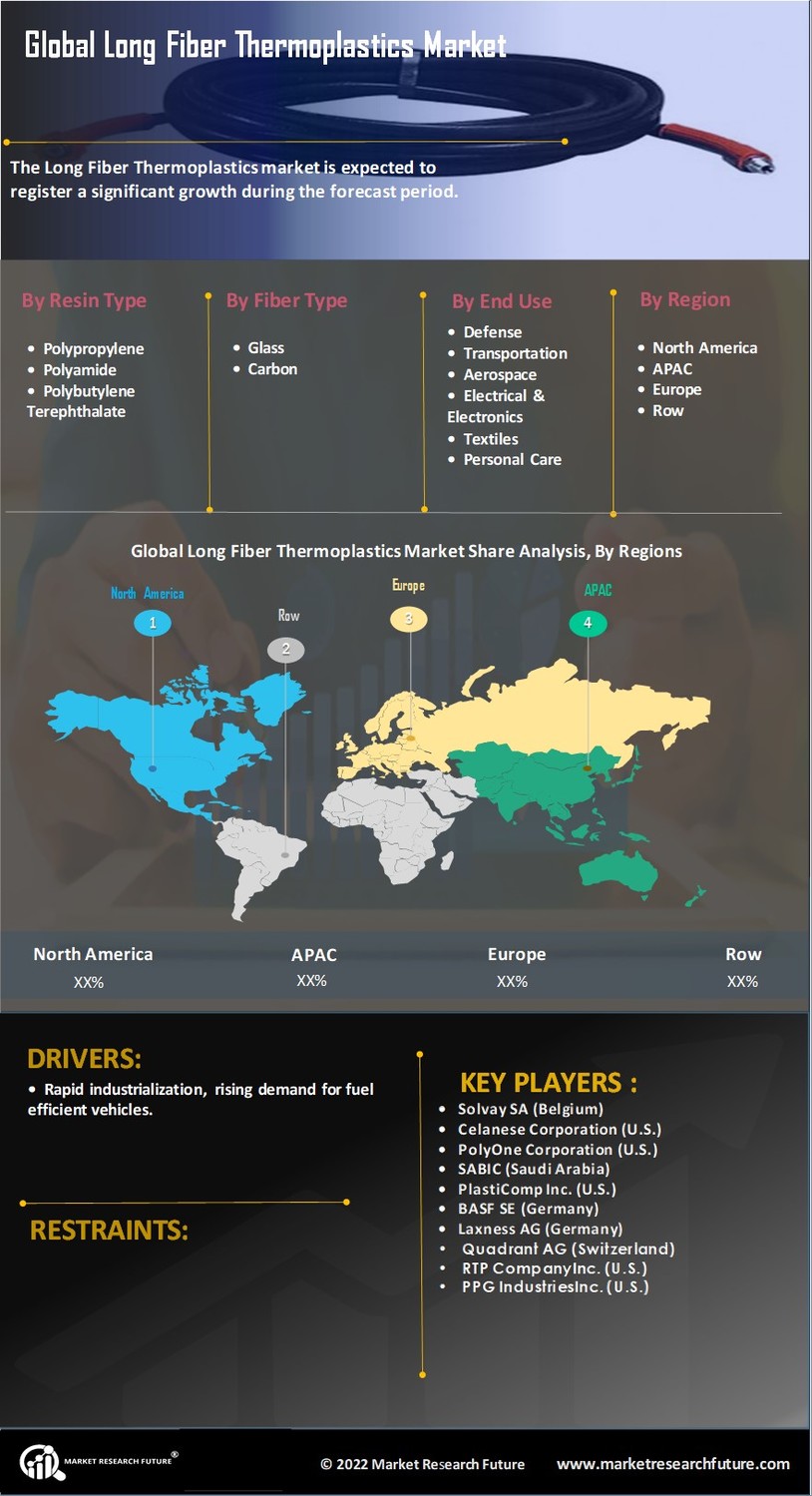

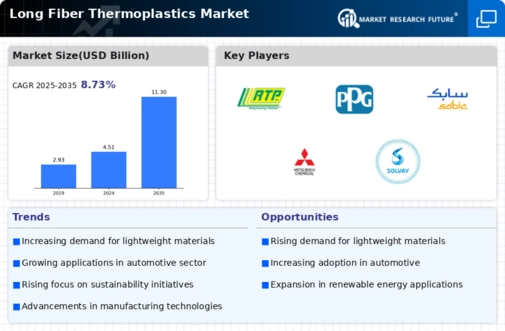
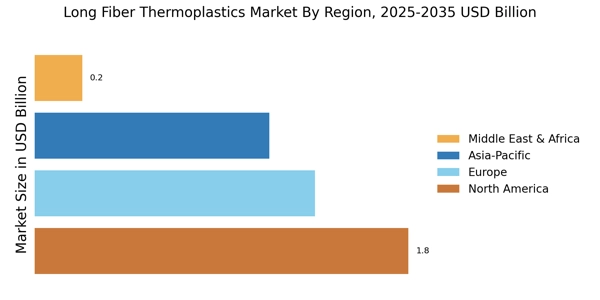

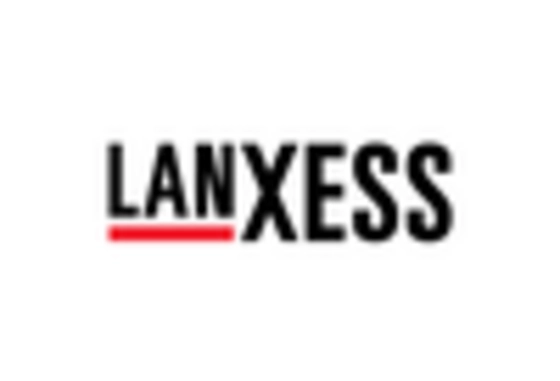



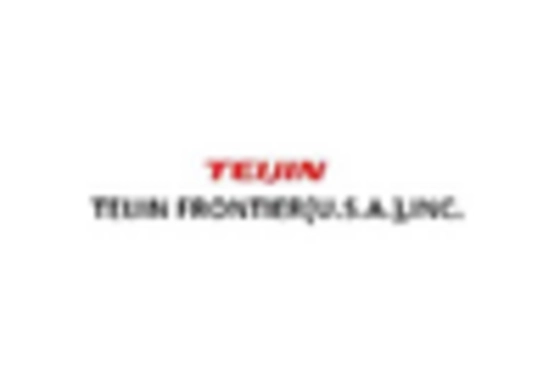








Leave a Comment